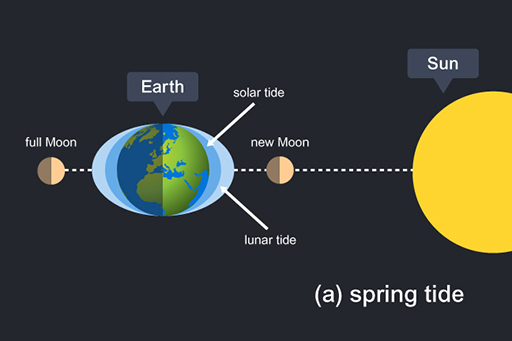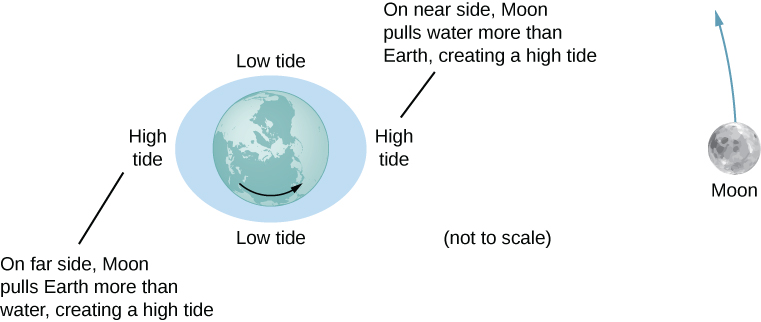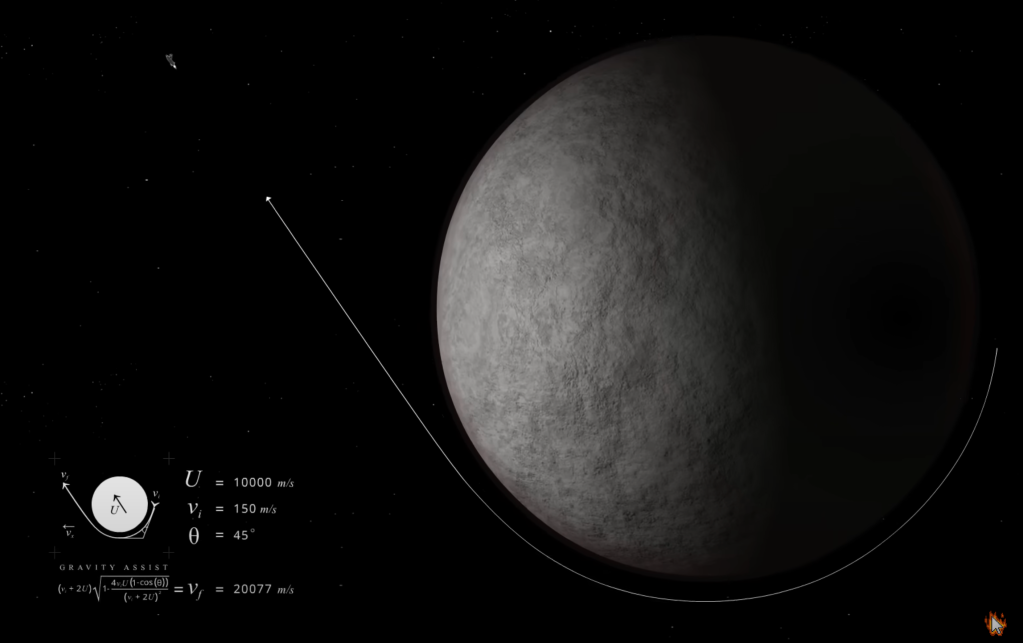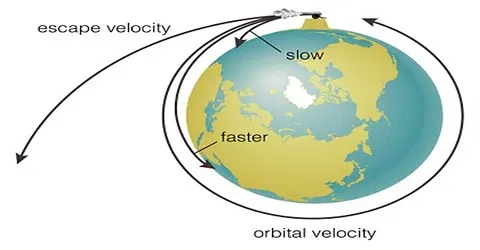Tides represent the ebb and flow of ocean waters, orchestrated by the gravitational influences of both the moon and, to a lesser degree, the sun. As the moon orbits the Earth, its gravitational force interacts with our planet. Despite the moon’s relatively small mass, its gravitational pull, although not immense, varies across the Earth’s surface since there is a difference in distance. This variance creates what is known as a “stretch force” or tidal force, resulting in two tidal bulges—one facing the moon and another on the opposite side. This stretch is akin to the effect of stretching a rubber band.
Furthermore, although the sun’s gravitational pull is significantly stronger due to its larger mass, its impact on tides is minimal. The slight difference in gravitational force across the Earth’s diameter fails to produce a noticeable tidal bulge. However, when the gravitational forces of the moon and sun align during specific lunar phases, such as the full and new moons, they combine to generate larger tidal variations, known as “spring tides.” Thus, while the sun may not directly create tidal bulges, its synchronized alignment with the moon amplifies tidal changes.

Source: Photo







